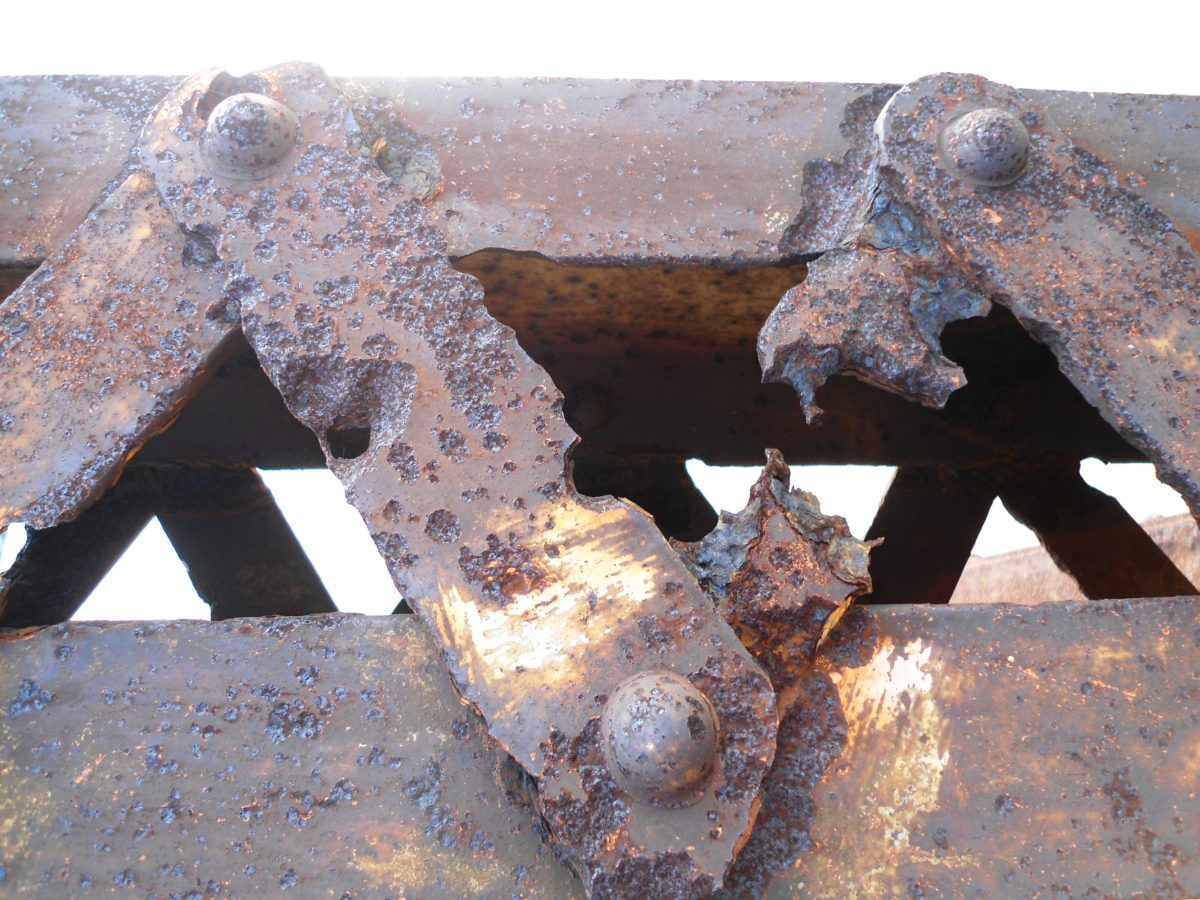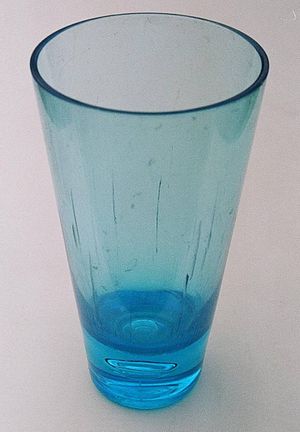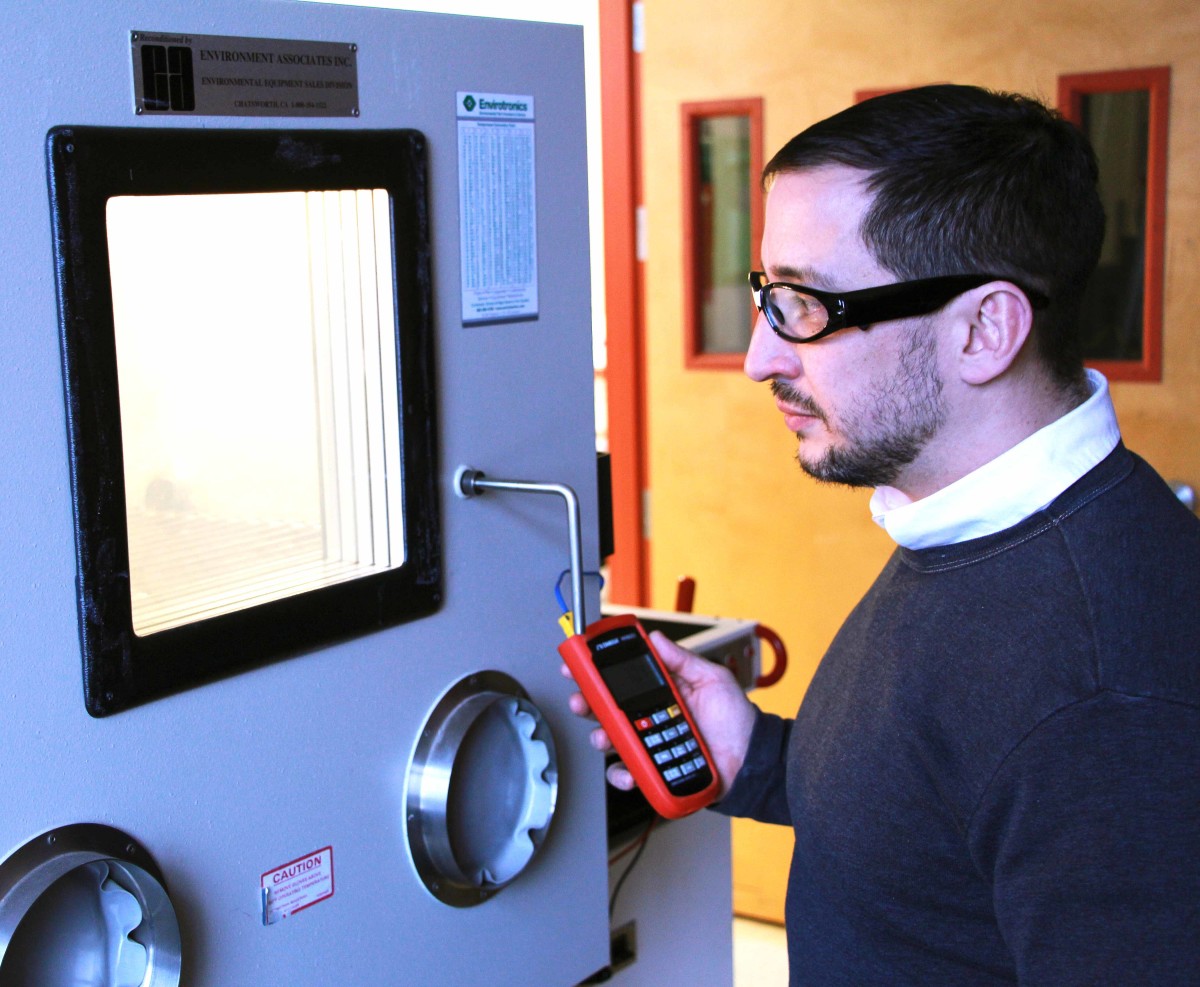
Product Failures: What Went Wrong?
PREVENT PRODUCT FAILURE with proper material selection.
Material selection has become increasingly complicated and increasingly critical. Consider the profusion of product requirements, the plethora of design considerations, and the vast collection of available metals and plastics. Faulty material selection can have grave repercussions, beyond just failing to meet consumer expectations. Serious product failure can lead to property damage, injury and even death.
No one intentionally designs products to fail. When developers become aware of product failure, our instinct is to investigate “What went wrong?” As a Materials Science Engineer within product development, I focus on the three areas of material selection in which a lack of knowledge or understanding can result in failure: product requirements, system influences and material behavior.
Product Requirements
The formation of detailed product requirements is critical for design and material selection. Requirements must take into consideration intended use, potential abuse and atypical use situations. These requirements may address environmental exposure, operating temperatures, mechanical loads, electrical requirements and regulatory compliance, to name only a few.
A product may fail if these requirements were not representative of how the consumer uses it in the real world.
Consumer research and field testing should function to mitigate this risk. For example, when designing a water pump to be used for residential pools, a robust chemical resistance requirement list should be included. These requirements will strongly impact the list of compatible material candidates for this product and increase the probability of product success. In order to make this requirement consumer relevant, it should be based on the typical chlorine, chloramine and salt content of the pools – both nominally and after shock treatment (if applicable). The most accurate way to obtain this information would be to test pool water samples of a representative population.

When designing a water pump to be used for residential pools, a robust chemical resistance requirement list should be included.
System Influences
A thorough understanding of system influences in material selection is crucial to product success. Chemical compatibility is a major aspect of the material selection process. In this stage, the focus is typically on chemicals that the material may be directly exposed to as part of the application itself (i.e. lubricants, fuel, water, cleaners, etc.). However, chemical exposure that may occur as the result of secondary chemical reactions is frequently overlooked in this process.

Rust is a euphemism for corrosion and can cause far-reaching system effects that should be considered in material selection.
Consider the case of a problematic fastener. A thorough evaluation was performed in order to select a plated metallic fastener for durability and corrosion resistance. Even after a diligent review, the fastener still prematurely separated from the adjoined plastic housing, resulting in failure of the product. Upon investigation, it was discovered that the failure was the result of chemical attack on the plastic housing. Corrosion had formed on the plated metallic fasteners, which subsequently attacked the adjacent plastic housing. The effect of the fasteners’ corrosion byproducts on the mating plastic was neither assessed nor anticipated during the selection process.
Misunderstanding or ignoring systems influences leads to myriad types of product failures.
A common avoidable failure for plastic components is failure due to environmental stress cracking. Environmental stress cracking is a phenomenon where a plastic is degraded by a chemical over time while under stress. The challenge here is understanding what chemicals are present in the system that might make their way to incompatible plastic components. For example, nitrile O-Rings and gaskets are popular sealing solutions which often incorporate pthathlate-based plasticizers. Unbeknownst to many, these plasticizers are inclined to migrate onto other components within the product. Regrettably, many popular plastics, including polycarbonate, acrylic, and polysulfone, are incompatible with pthatalates. This scenario has been responsible for many environmental stress cracking related failures, and it is one that is easy to overlook without the wary eye of an experienced material scientist.

Surface cracks, or crazes, are a well-known example of environmental stress cracking.
Material Behavior
Poor material selection often occurs due to a lack of understanding of the true functional behavior of the material. Proper material selection takes into account time and temperature dependencies, especially for time and temperature sensitive materials such as plastics. Consider a plastic material that was selected based on its mechanical behavior at room temperature. However, in the application the material is subjected to a continuous operating temperature nearly four times higher than room temperature. The plastic’s stiffness would be reduced by over half in that environment, resulting in permanent deformation of the part and performance failure.

John Smith uses an environmental chamber to accelerate time-temperature exposure in a plastic material.
Diligent material selection must go beyond reviewing the room temperature and short term mechanical property data which is typically provided by material suppliers via technical datasheets. The material selection process needs to include investigation of both short and long term effects of moisture, in addition to chemical and elevated temperature exposures that may be experienced in the application or use.
As the saying goes, “there is never a bad material just the wrong application.”
Okay, I made up that saying, but the truism needs to be embraced by all product developers. Attentively pursuing successful products goes beyond consumer satisfaction. It can be essential for their safety as well as your brand’s reputation.
Love Materials Science? Take the quiz, “What Plastic Resin Are You?”